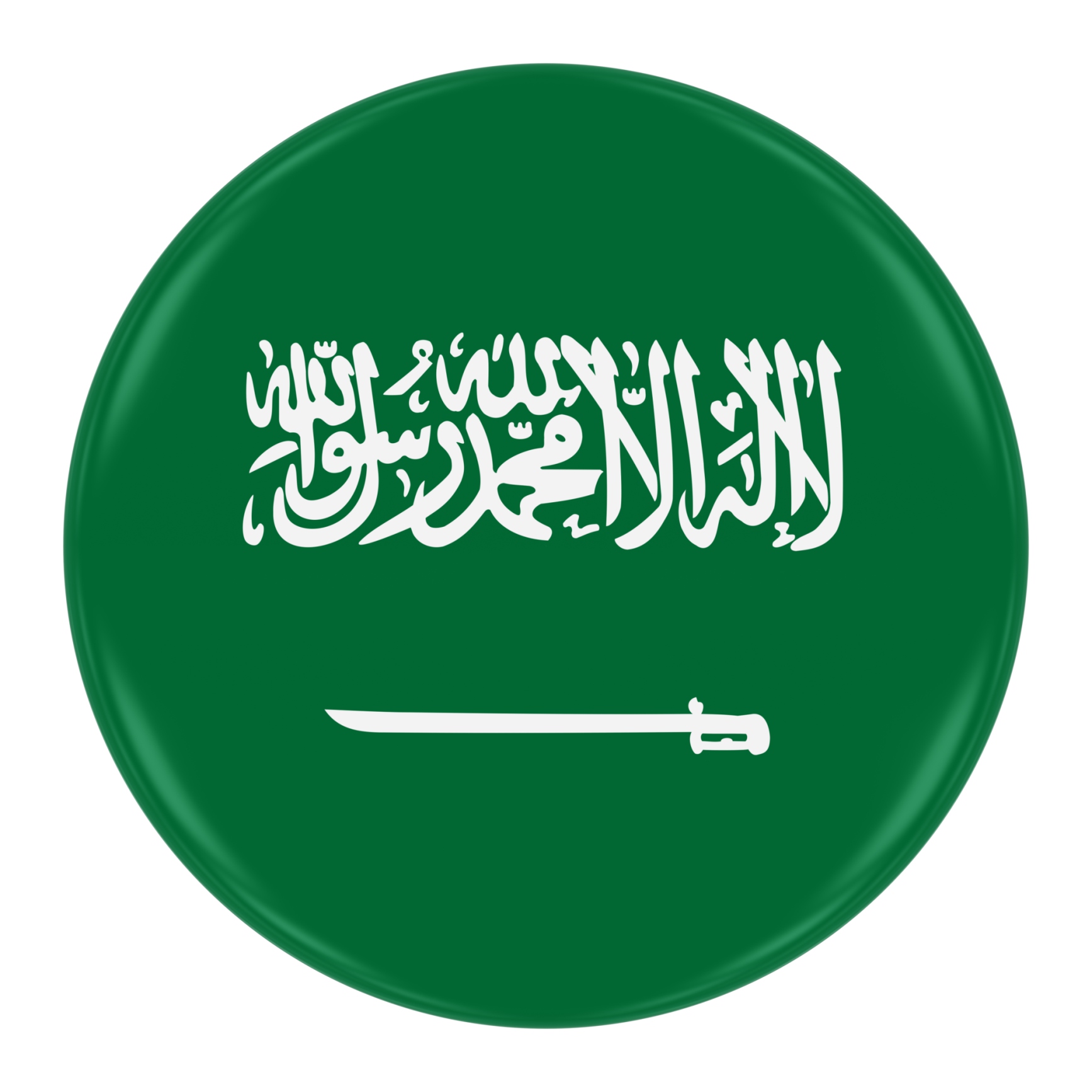
Saudi Arabia is frequently accused of wanting to drive all the high-cost newer oil producers out of business. It has one of the world’s largest reserves and one of the world’s lowest actual production costs. The problem is that oil has now gone low enough that it is showing up in Saudi Arabia’s budget, and not in a good way.
Some international economic watchers may wonder if a financially unstable Saudi Arabia could lead to more unrest in an already volatile Middle East. At least some of this weakness has been known or expected, but how the cuts are delivered could make the difference between stability and more instability.
Saudi Arabia has now announced plans for spending cuts in its state budget. Where things could get touchy is that the cuts will come with energy subsidy reforms, as well as attempts to raise revenues via taxes and by privatizations. This all might sound normal to the West, considering that local governments are trying to do the same. The problem here is that the Saudis have heavy subsidies and taxation is by and large considered very low.
Subsidy adjustments will be seen in electricity, water and petroleum products, and cuts will be made in the next five years. These all ultimately could create pressure on the Saudi citizens because these have been kept artificially low as a measure of social welfare. What happens when job prospects are low and when the cost of living goes up?
The Ministry of Finance indicated that it will aim to minimize the impact on low-income and middle-income families by using more energy efficiency and conservation efforts. Still, signaling tax hikes on soda and tobacco will hit those who are consumers of each. Details were not given around which sectors or assets may be nationalized.
The new 2016 budget implies that the Kingdom of Saudi Arabia is not looking for any major oil price recovery, and it may even be banking on cheap oil being here for quite some time.
Saudi Arabia ran a deficit of almost $98 billion (367 billion riyals in local currency terms) in 2015, which is roughly 15% of its gross domestic product (GDP). The new 2016 budget includes cut that will get the deficit down to 326 billion riyals, aided by spending cuts and asset sales held internationally. Spending in 2016 will drop to 840 billion riyals from 975 billion riyals in 2015. Revenue for 2016 is being forecast at 514 billion riyals, down from 608 billion in 2015 — almost all directly as a result of much lower oil prices today and assumptions of the oil prices ahead.
Here is why the new budget matters when you consider cuts and higher revenues. The International Monetary Fund (IMF) warned in the fourth quarter of 2015 that the Saudis could effectively run out of money within just five years if the nation did not adopt a tighter budget.
Another reason that the deficits matter here is that Riyadh has the Saudi Arabian riyal pegged to the U.S. dollar.
24/7 Wall St. uses the CIA World Factbook for much of the statistics. It had said previously:
In 2014 the Kingdom ran its first budget deficit since 2009, and faces budget deficits for the foreseeable future because it requires an oil price greater than $100 per barrel to balance its budget. Although the Kingdom can finance high deficits for several years by drawing down its considerable foreign assets or borrowing, it probably will begin to reduce capital spending if oil prices stay low through the next year.
[ims_survey]
Here are some statistics to consider about the economic numbers versus the budget cuts in 2016 (and perhaps beyond):
- Population is 27.75 million, and age breakdown is 27.07% in the ages 0 to 14, 19.11% in the ages 15 to 24 and 45.9% in the ages 25 to 54. That is over 92% in under 55 in years.
- 2014 GDP purchasing power parity was estimated at $1.61 trillion.
- The petroleum sector accounts for roughly 80% of budget revenues, 45% of GDP and 90% of export earnings.
- Saudi’s labor force is 11.22 million. About 80% of the labor force is estimated as non-national as of 2014. Saudi Arabia is estimated to have more than 6 million foreign workers who play an important role in the Saudi economy.
- Riyadh is struggling to reduce unemployment among its own nationals, where the youth population is said to generally lack the education and technical skills the private sector needs.
- Unemployment was projected to be 11.6% in 2014 and 11.5% in 2013, but that is for Saudi males only and are local bank estimates — some estimates are as high as 25%.
- Taxes and other revenues were 37.4% of GDP (2014 est.), and the public debt was estimated at 1.6% of GDP in 2014 and 2.7% of GDP in 2013.
The Average American Is Losing Momentum On Their Savings Every Day (Sponsor)
If you’re like many Americans and keep your money ‘safe’ in a checking or savings account, think again. The average yield on a savings account is a paltry .4%1 today. Checking accounts are even worse.
But there is good news. To win qualified customers, some accounts are paying more than 7x the national average. That’s an incredible way to keep your money safe and earn more at the same time. Our top pick for high yield savings accounts includes other benefits as well. You can earn a $200 bonus and up to 7X the national average with qualifying deposits. Terms apply. Member, FDIC.
Click here to see how much more you could be earning on your savings today. It takes just a few minutes to open an account to make your money work for you.
Thank you for reading! Have some feedback for us?
Contact the 24/7 Wall St. editorial team.


